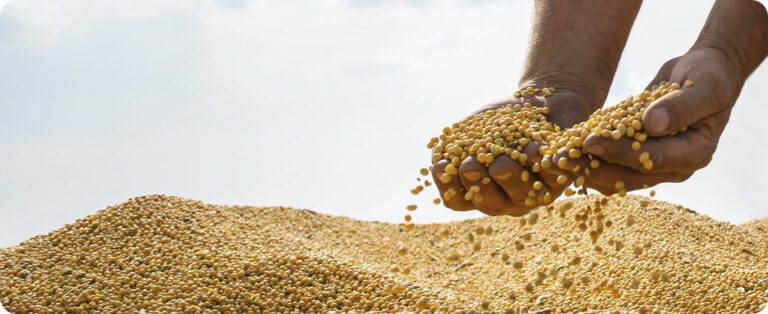Clean labels, plant-based ingredients and seeds are major trends in human food and also play a key role in pet food.
Pet food experts have clear ideas and expectations for the trends and changes this industry can expect this year. And the influence of human food? According to Innova Market Insights’ “top 10 food and beverage trends for 2017,” three can be instructive in pet food.
- Clean labels. Going beyond clean, clear labels, this trend incorporates the origin and transformation of ingredients (or lack thereof). “These are now the rules of the game,” said Lu Ann Williams, chief innovation officer at Innova. While “no additives or preservatives” is still the most common natural claim related to food and beverage product launches, it’s not “a differentiator, it’s more of a given.” Since 2011, the Innova database has shown double-digit growth in new product clean label claims worldwide, including supply chain claims such as environmentally friendly (72 percent compound annual growth rate) and animal welfare (45 percent).
While a natural claim is the ultimate goal, Williams commented, there is no clear definition even by regulators. We know it also applies to pet food. “The industry is looking for a narrower focus in defining their foods,” said Jennifer Adolphe, PhD, senior nutritionist at Petcurean, as quoted in Natural Pet News. “Grain-free is an example.”
- Disruptive green. Plants appear in almost every type of food and drink: The number of new products launched globally with plant-related appeal jumped from 100 in 2011 to nearly 700 in 2016. “It's really a trend,” Williams said. But how to compete with the big focus on animal proteins and meat, purchased by most pet owners? Even if you have a product based on animal proteins, it is still possible to work with plants and take advantage of this trend,” said Williams. Thus, dog food labels that prominently declare proteins like lamb or chicken, but also some greens like dandelion.
- Seeds of change. In human foods, this trend also encompasses ancient grains such as quinoa, amaranth, spelt (or red wheat) and millet. Meanwhile, pet foods remain grain-free; Maria Lange of GfK reports that sales of grain-free foods in the US are growing by 20% per year. However, pet food companies have embraced consumer interest in healthy ingredients like chia seeds, which show the largest increase in claims on new human food products, from 100 in 2011 to nearly 800 in 2016. Perhaps pet food Animals will also soon follow the path of ancient grains.
Source: The Pet Guy












